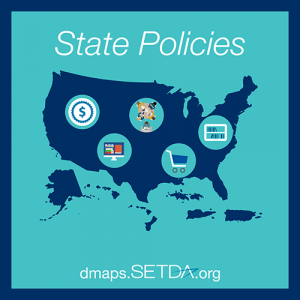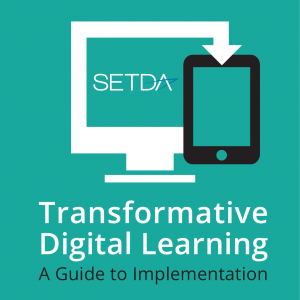Priorities
Professional Learning
Federal Guidelines
ESSA
ESSA requires that a practice must demonstrate that it works in a similar environment and that it shows evidence of effectiveness each year in order to continue to receive funding towards implementation. Any specific program or strategy should align with ESSA’s definition of evidence-based practice.
Title IIA
ESSA is clear on its directive that evidence be at the forefront of decision-making. Title II, Part A investments are intended to align with an SEA or LEA strategies to support effective instruction that leads to improved student academic outcomes.
To maximize effectiveness of Title II, Part A spending, states and districts can follow a cyclical process for continuous improvement to support better outcomes for students as outlined by the US DOE.
- Identify needs
- Select relevant, evidence-based practices
- Plan for implementation
- Implement practices
- Examine and reflect
“Practices or programs that have evidence to show that they are effective at producing results and improving outcomes when implemented.” – ESSA
DMAPS. Learn about state professional learning opportunities to support teachers in the selection and implementation of digital instructional materials.
-

DMAPS: Digital Instructional Materials Acquisition Policies for States
Updated in 2019 (originally launched in October 2015), the goal of the DMAPS portal is to provide a clear picture of each state’s instructional materials policies and practices to help encourage increased implementation of digital learning. Educators, policy makers and private sector executives have the opportunity to learn about state policies and practices related to […]
-

Transformative Digital Learning: A Guide to Implementation
SETDA developed professional learning resources to help build state-level capacity for the transition to digital learning. The online tool includes a set of professional learning resources, known as facilitator guides to provide customized support and training and a set of stakeholder communication toolkits.
